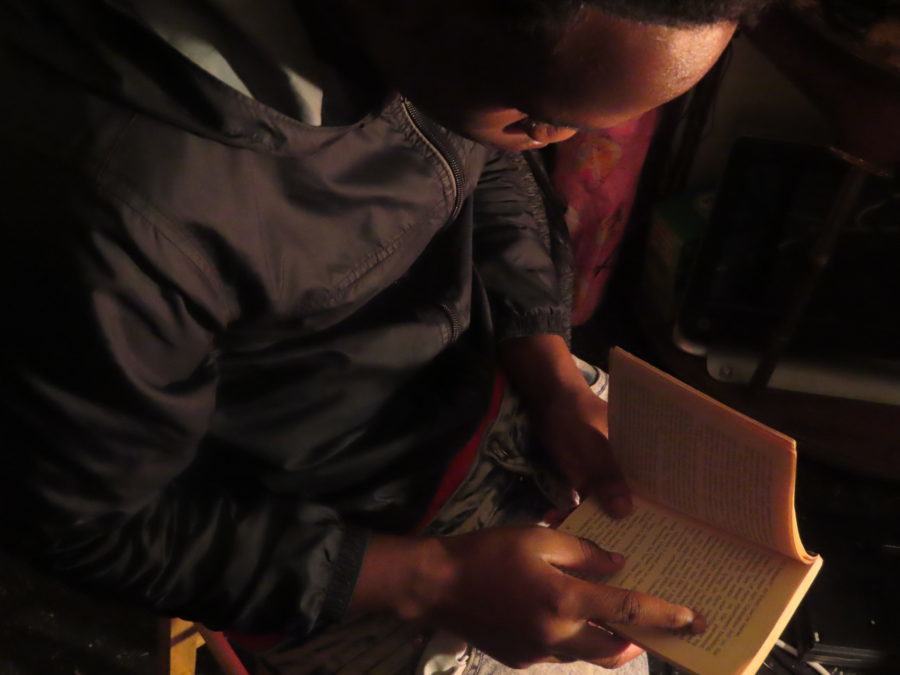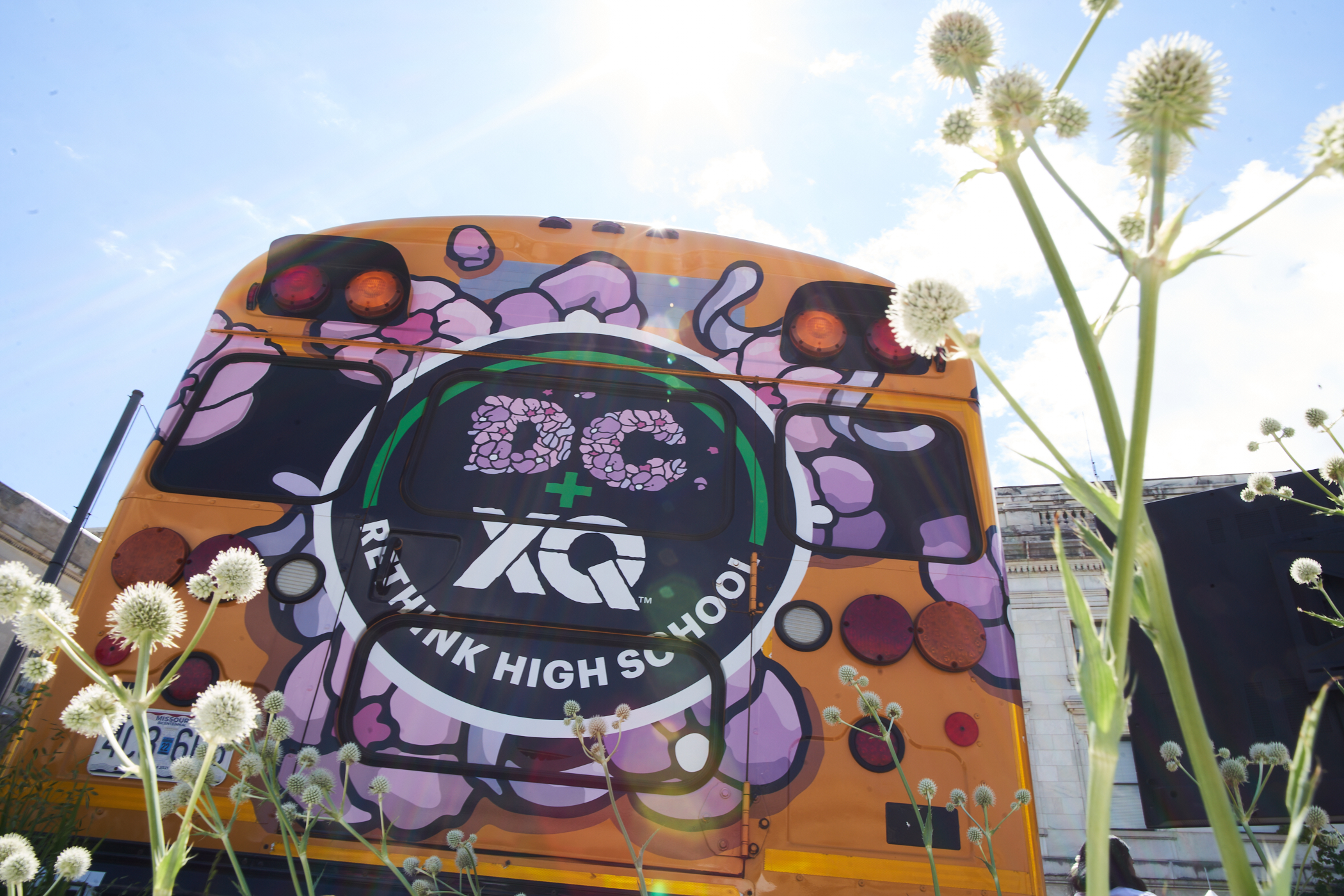Now That’s Student Voice
A powerful way to connect students, a buzzword vocabulary lesson, and a look at the future of learning. Here's 5 stories to start your week of teaching.

A powerful way to connect students, the story of a teenage school board member, a buzzword vocabulary lesson, a look at the future of learning, and a personal story about learning to read—in high school.
1. WATCH: The power of a circle.
Schools don’t typically create opportunities for students to bring their whole selves and connect deeply with one another. This beautiful video from Valor Collegiate Academies in Nashville shares how the Valor Circle encourages students (and adults) to value and trust one another, so they’re all “in a space to optimally learn.” In practice at XQ: XQ Super School Círculos in Santa Ana Unified School District, students gather twice a day in circles to discuss academic topics and develop strong, supportive personal relationships with peers, teachers, and community leaders.
2. CHEER: Now, that’s student voice.
Meet Stanley Celestine, the Louisiana teen who will oversee 10 schools with 5,300 students in grades pre-K to 12 as an elected member of the Avoyelles Parish School Board. Celestine won the seat with 65 percent of the vote in the November election. “I will be able to bring a perspective from someone who just graduated from the system and hopefully will inspire more students to participate,” he explains. “Student voice is important to have on any organization that benefits children.”
3. STUDY: Edu-vocabulary lesson.
How many edu-buzzwords do you think you could list right now? Maybe three? Or five? Or 10? How many can you define? And how do we get from buzzwords to a basic, shared understanding? Enter NPR’s Anya Kamenetz. Her recent piece for NPR Ed defines, discusses, and even illustrates terms like agency, mastery, competency, self-efficacy, and more. Our biggest ah-ha moment? This set of definitions from Daniel Pink: “Autonomy, or the desire to be self-directed; Mastery, or the itch to keep improving at something that’s important to us; and Purpose, the sense that what we do produces something transcendent or serves something meaningful beyond ourselves.”
4. EXPLORE: A future of learning forecast.
What does it mean to be a steward for the future of learning? Can we each act now to create a future where all students thrive? These questions and more are asked and answered in Navigating the Future of Learning—a forecast on the future of education from KnowledgeWorks. Don’t have time for the full report? Download posters on the five drivers of change and futurepossibilities. Only have time for a summary? We think co-author Katherine Prince says it best: “If we look at the future with a lens toward ‘we can do better by all people,’ it gives us purpose…It’s a huge invitation and a place of possibility, as well as an act of stewardship – using insight into the future and what could happen to think about how we can shape our preferred futures.”
5. SHARE: Illiteracy in America.
Maybe you know some of the stats about illiteracy—32 million adults in the U.S. can’t read, and 1 in 5 of those are high school graduates, according to the Foundation for Economic Education. The story of 16-year-old Javion Grayer brings these statistics to life. We hope you’ll read and share this powerful story to understand how Javion, and countless students like him, are failed by a system that’s meant to support them.









